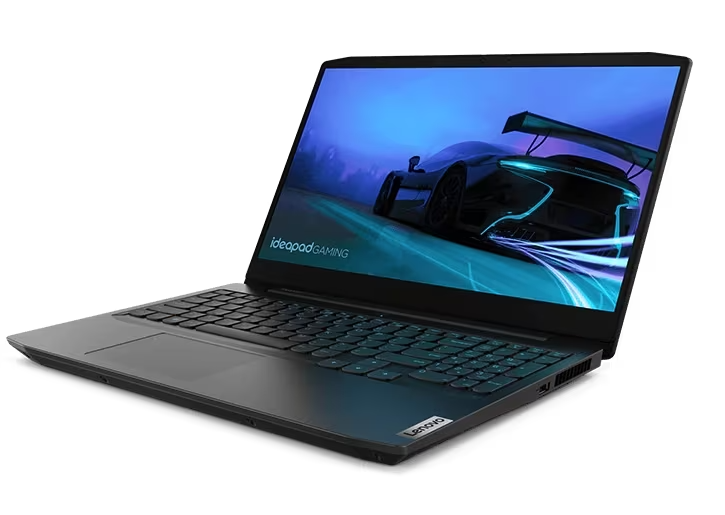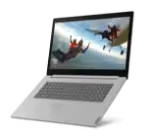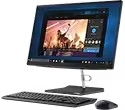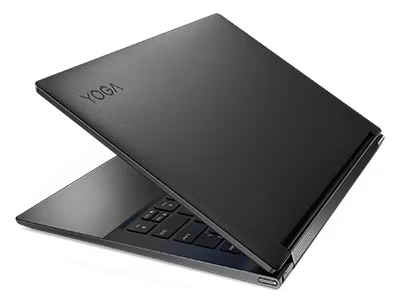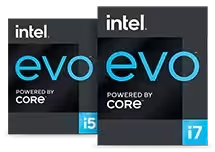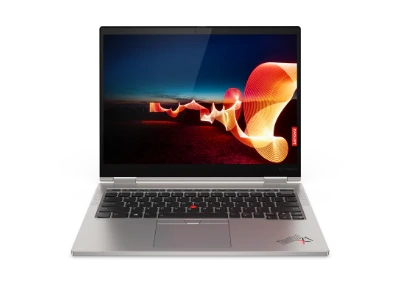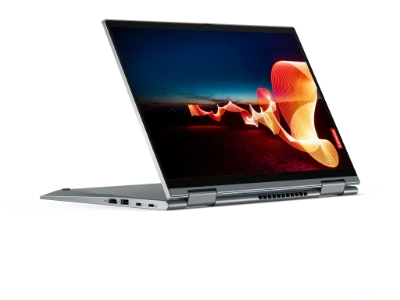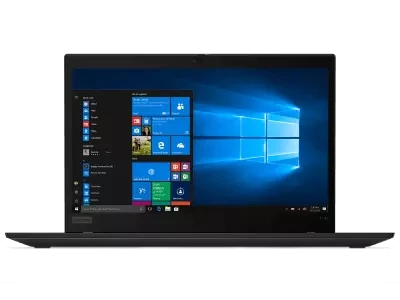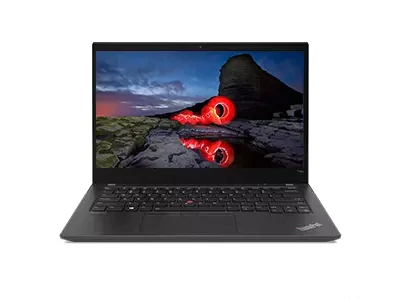Tablet vs. 2-in-1. Which is right for me?
By their nature, 2-in-1s borrow features from both traditional laptops and tablets. And as with any hybrid device, the combination brings advantages and disadvantages.
Shoppers with no interest in tablet functionality are likely to buy a regular laptop, so there is little need to compare 2-in-1s to laptops. The laptop nearly always "wins" -- unless the 2-in-1's additional tablet features are truly desired.
Comparing 2-in-1 laptops to tablets is a more pertinent analysis. The tablet in a 2-in-1 is fully functional, creating a true option for consumers who think they might want additional laptop functionality along with their touch screen tablet. This article presents the relative pros and cons of 2-in-1s versus standalone slate-style tablets.
Comparing tablets and 2-in-1s
First, let's review what we're talking about:
- Tablet: A tablet is a highly portable PC whose primary interface is a touch screen that occupies the full length/width of the device but whose speaker and microphone are not positioned for hand-held calling. For more, see What is a tablet?
- 2-in-1 laptop: The 2-in-1 is a combination of laptop and a tablet. A "2-in-1 Attached" model keeps the keyboard and screen connected. A "2-in-1 Detachable" system allows the screen to be physically separated from the keyboard for use as a standalone tablet. For more, see What is a 2-in-1?
As shown in the following table, deciding whether a 2-in-1 or a regular tablet is the best choice for you or your company will mean balancing the added features you seek against the ones you might lose.
Advantages of 2-in-1Compared to a standalone tablet, a 2-in-1 has these advantages:
|
Advantages of a TabletCompared to a 2-in-1, a standalone tablet has these advantages:
|

